Blepharitis from eyelash extensions: Causes, Symptoms, Tips
Blepharitis is a potential complication that can be caused by incorrectly applied or inappropriate eyelash extensions. Here I will tell you everything you need to know about blepharitis related to eyelash extensions and how you can minimize possible risks.
What is blepharitis?
Blepharitis is an inflammatory disease of the edge of the eyelid that can cause redness, swelling, itching, burning and scaling. It often occurs due to bacteria, parasites, or allergies.
Blepharitis associated with eyelash extensions can occur if the extensions are improperly applied or are of inferior quality.
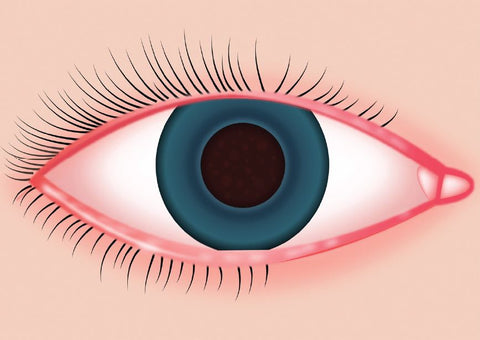
Symptoms of blepharitis from eyelash extensions
If you notice symptoms like redness, swelling, itching, or flaking at the edges of your eyelids after eyelash extensions, there's a chance it's blepharitis.
It is important to take these signs seriously and take appropriate action to prevent possible complications.
Causes of blepharitis from eyelash extensions
Blepharitis from eyelash extensions can be due to a variety of causes. A possible cause is insufficient hygiene during the application process.
If the tools, lashes, or adhesives are not properly cleaned or disinfected, bacteria can build up and cause infection. Inferior or unsuitable eyelash extensions can also cause irritation and inflammation on the lid edges.
Risk factors for blepharitis from eyelash extensions
Certain factors can increase the risk of blepharitis after eyelash extensions. These include sensitive skin, pre-existing eye problems such as dry eyes or allergic reactions, poor hygiene practices by the stylist, and improper aftercare and care of the eyelash extensions.
Prevention of blepharitis by eyelash extensions
To minimize the risk of blepharitis after eyelash extensions, there are some important steps you should follow.
First, it is crucial to choose a qualified and experienced eyelash stylist who has the right knowledge and techniques.
Secondly, careful hygiene should be ensured during the application process. This includes using clean tools and disinfecting work surfaces.
In addition, it is important to choose high-quality and hypoallergenic eyelash extensions and to have regular follow-up appointments in order to identify possible problems at an early stage.
What to do if there are signs of blepharitis?
If you notice signs of blepharitis after eyelash extensions, you should see an eye doctor or an experienced eyelash stylist immediately.
They can make an accurate diagnosis and recommend appropriate treatment options. This can include the use of antibiotic ointments, cleaning the edges of the eyelids or special care measures.
Tips for aftercare and care after eyelash extensions
After you have eyelash extensions, it is important to have proper aftercare and maintenance to minimize the risk of blepharitis. Here are some tips to give your customers:
-
Cleaning: Recommend your clients to clean their lashes daily with a special lash shampoo or mild cleaning solution. This removes dirt, oil, and makeup residue that can build up and potentially lead to inflammation.
-
Avoiding Oily Products: Educate your clients to avoid oily cleansers and makeup removers as they can interfere with lash glue.
-
No Rubbing or Pulling: Emphasize the importance of treating the lashes gently and not pulling or rubbing them. This can loosen the extensions and cause irritation.
-
Eye care: Encourage your clients to regularly moisten their eyes with eye drops, especially if they have dry eyes. This can help reduce irritation and inflammation.
-
Regular follow-up appointments: Remind your clients to schedule regular follow-up appointments with you to check the condition of their lashes and make adjustments or repairs as needed.
When should you avoid eyelash extensions for blepharitis?
There are certain cases when it is advisable to temporarily refrain from eyelash extensions to minimize the risk of blepharitis. Inform your customers about the following situations:
-
Active Infections: If your clients are currently suffering from an eye infection, skin infection, or other infections, it is best to postpone eyelash extensions until the infection is cured.
-
Allergies: If your customers are known to be allergic to eyelash glue or other ingredients in the products, it is important to do an allergy test beforehand or to consider alternatives.
-
Sensitive eyes: People with particularly sensitive eyes or certain eye diseases should consult their eye doctor before eyelash extensions to discuss the possible risks.
-
Hypersensitivity: If your clients have had negative experiences with eyelash extensions in the past or are hypersensitive to the extensions, it is advisable to consider alternative options such as eyelash lifts.
With our tips on blepharitis from eyelash extensions you are well prepared
It is important that you as an eyelash stylist and your clients are aware of the possible risks of blepharitis after eyelash extensions. By adhering to strict hygiene practices, using quality products, and regularly checking for potential issues, you can help minimize the risk of complications.
Remember that the health and safety of your customers should come first and always work professionally and responsibly.

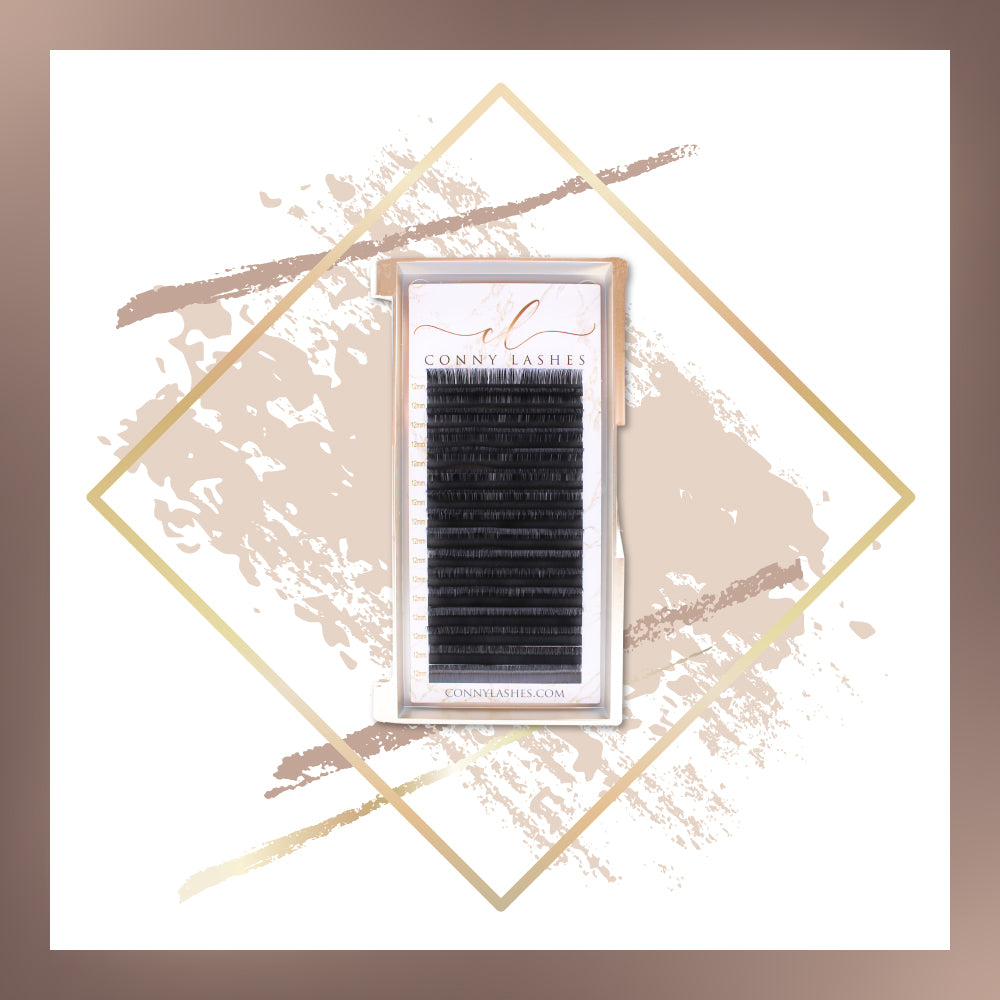
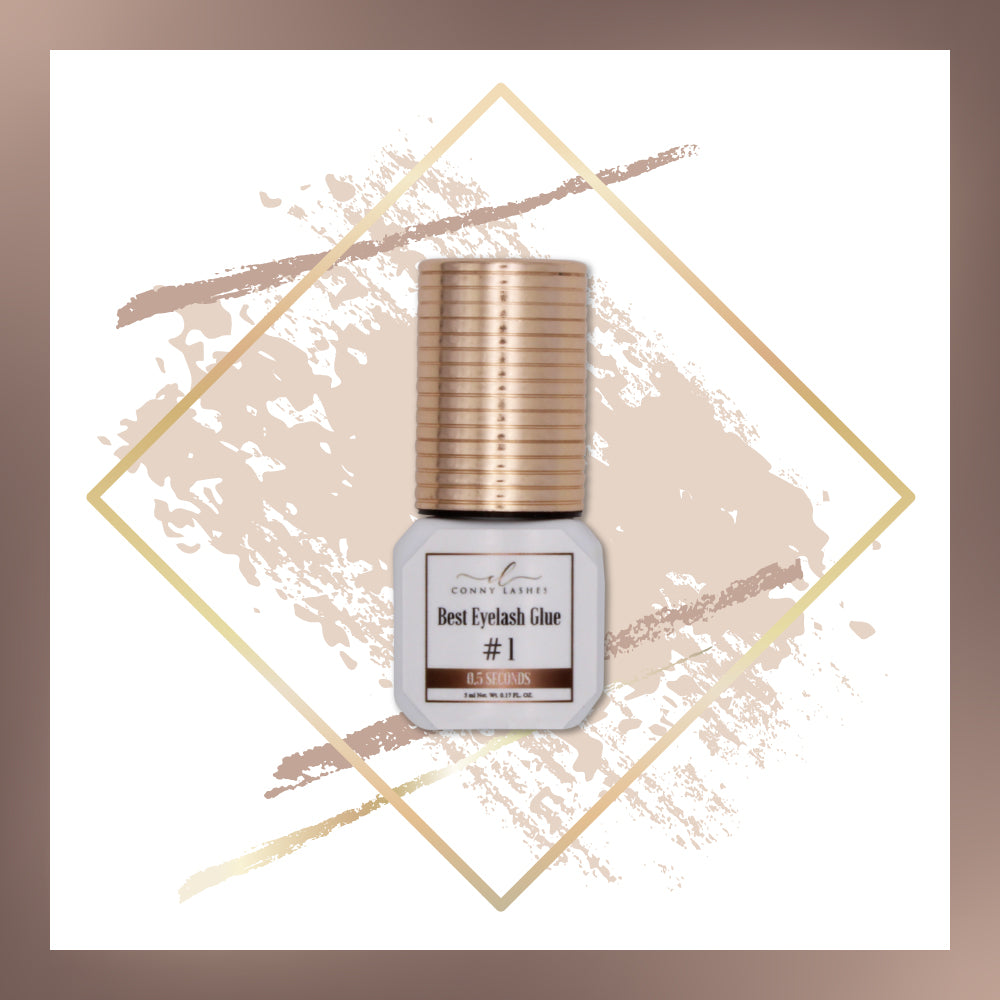

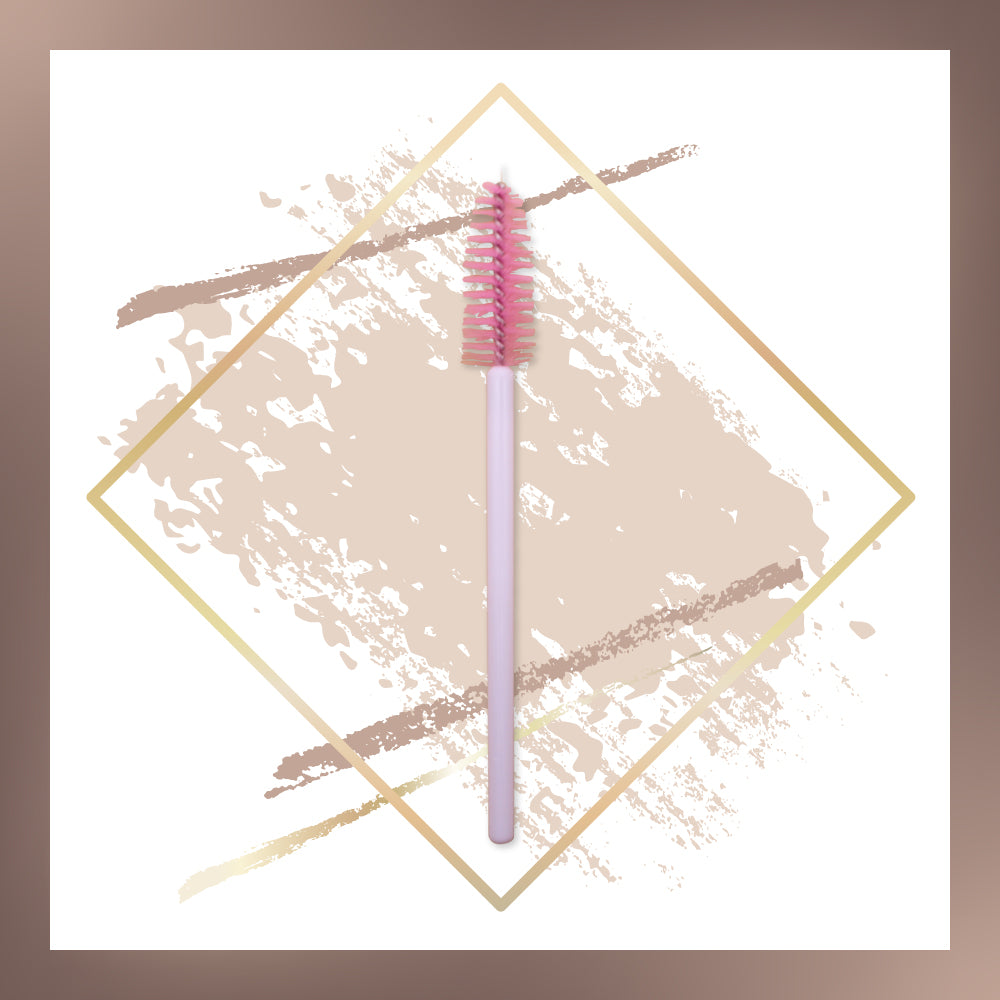


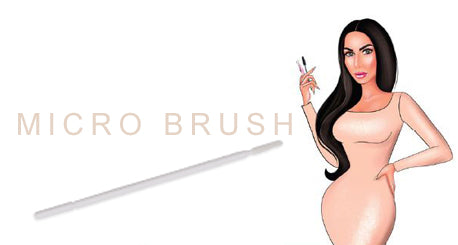
Leave a comment